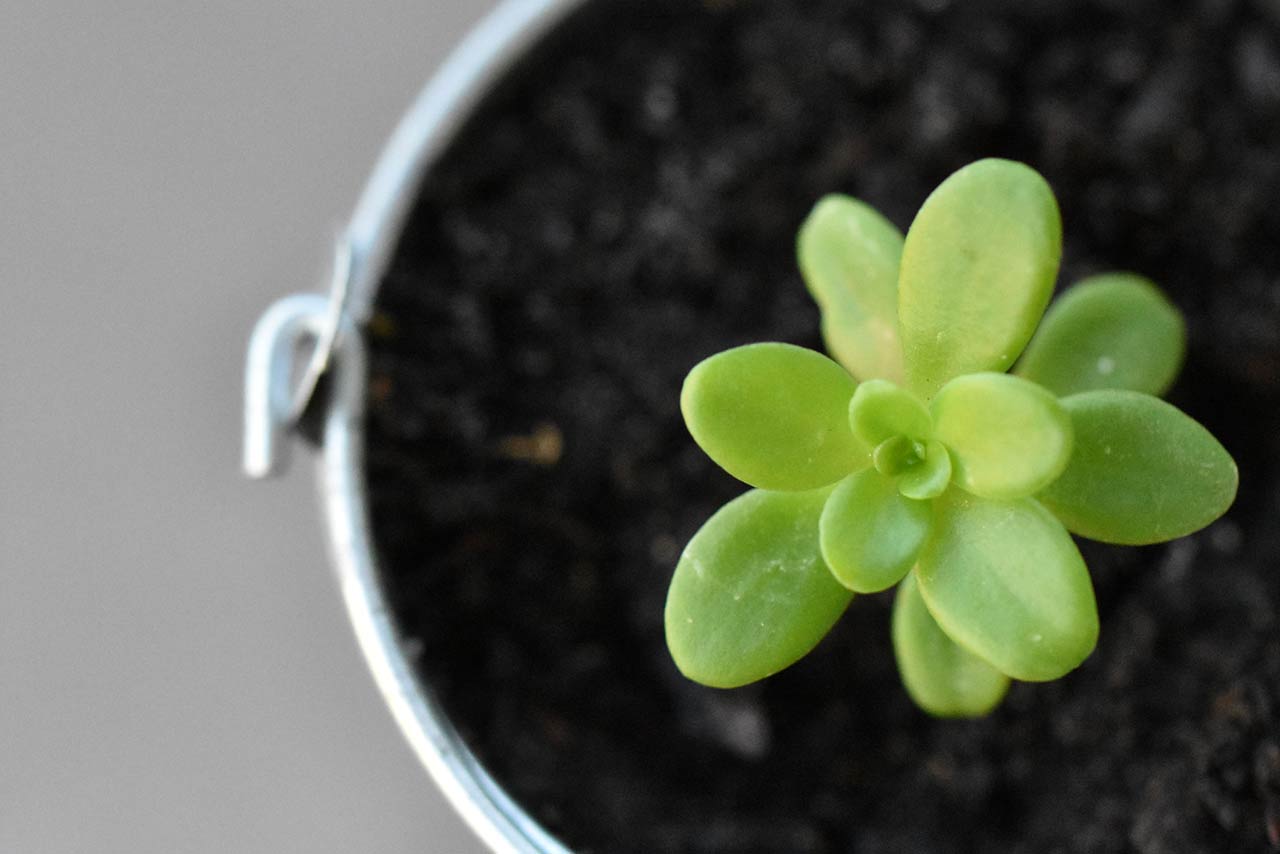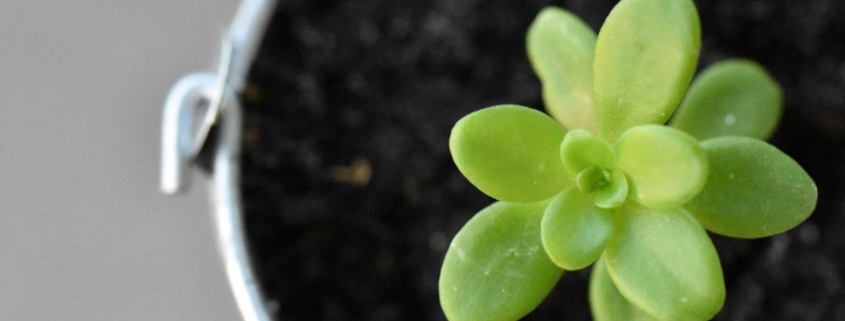What’s Involved in Building a Green Roof?

Homeowners are typically open to any efforts that will effectively help to reduce their utility bills as well as their imprint on the environment, and green roofs can help do exactly that.
Creating a “green roof” with plants can slow down and filter out rainwater runoff, which can help protect natural waters from harmful residue. Plantings on green roofs also absorb pollutants in the air to keep the environment clean.
Green roofs also help to regulate the interior temperature of a home by keeping it as much as 6 to 8 degrees cooler throughout the summer and warmer in cooler winter months, which can slash utility costs. They also tend to last approximately twice as long as a traditional roof, which means less expense and hassle of replacing a roof prematurely.
Many homeowners are also fond of the heightened esthetic appeal that a green roof covered in plantings can provide, which just adds to the mounting number of reasons why green roofs are becoming more popular among the environmentally- and budget-conscious homeowner.
A basic green roof is made of a waterproofing membrane, a root barrier, a drainage system, and a growing medium for the greenery. More elaborate green roofs are lighter and thinner and are often planted with “sedum,” or stonecrop. All sorts of different plant species can be used, including ornamental grass and colorful flowers.
They can be installed on any type of roof, even if it’s sloped. That’s because there are various ways to set up media and drainage systems to keep the green roof from shifting.
Green Roof Myths Busted
There are certain misconceptions about green roofs, namely that they are potentially leaky and a hassle to maintain. The truth is, leakages can happen with any type of roofs, whether conventional or green, and have nothing to do with the plants themselves. If the roof is leaky, it’s only because of faulty installation and an improper waterproofing layer.
In fact, some evidence shows that the plants serve as natural protection to the elements. When properly designed and installed, a green roof will include a durable root barrier that helps prevent plant roots from going too deep.
As far as its maintenance, a green roof will certainly need water on occasion during the first year, and may require weeding every few months. However, the next year it should not require any water, and after the second year, it will only need to be weeded a couple of times a year and fertilized once a year.
The Process
Before adding plants to the roof, a structural engineer will make sure the structure is strong enough to support the weight of the growing medium and plants. Each tray can add as much as 30 pounds of load per square foot when fully saturated, which can put a lot of stress a conventional roof.
The roof is then covered with a waterproofing membrane, then a layer of rubber roofing membrane is added to prevent the roots of the plants from penetrating too deep and damaging the roof. Edging is placed around the perimeter of the roof to cover the sides of the trays, then planted trays are placed in rows within the edging starting at the lowest end of the roof and moving across and up the slope.
The trays are placed carefully so that seams are eliminated to reduce fluctuations in temperature. Ideally, there should be feet built on the underside of the plant trays to keep them slightly elevated so that water runoff can flow seamlessly toward the gutters. Trays are usually cut to fit between the last full tray in a row and the edging.
How Much Does it Cost?
You can expect green roof construction and installation to start around the $15 per square foot mark for a basic system. Once you start adding more intricate greenery, increased water storage, and an increase in media depth, the cost increases from there. The slope of the roof will also impact the final price of a green roof, which can reach as much as $45 per square foot. Many city incentives and government grants are offered for homes with green roofs, which can help to cut down on the overall cost of installation.
The Bottom Line
Green roofs are becoming increasingly popular among residential properties, and aren’t just reserved for large ecological structures. Their growth in popularity comes with good reason, considering the lower utility costs, minimal impact on the earth and environment, and improved esthetics. And as long as they are designed and installed properly, there’s no reason for a green roof not to outlast any other type of roof out there.



